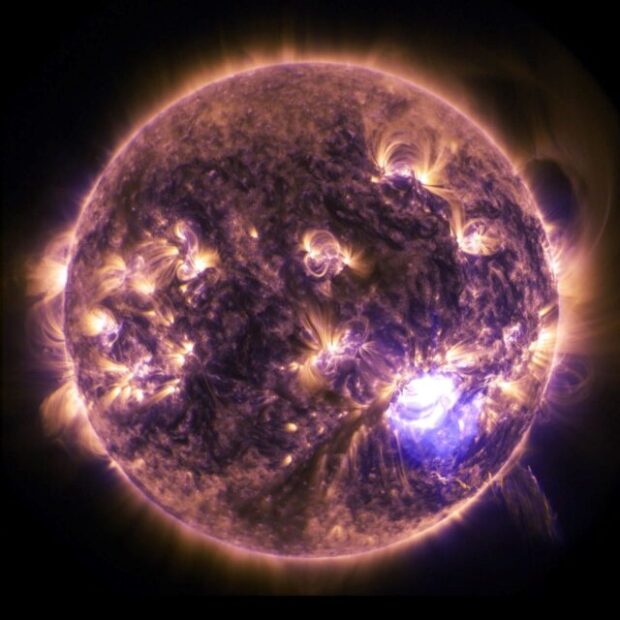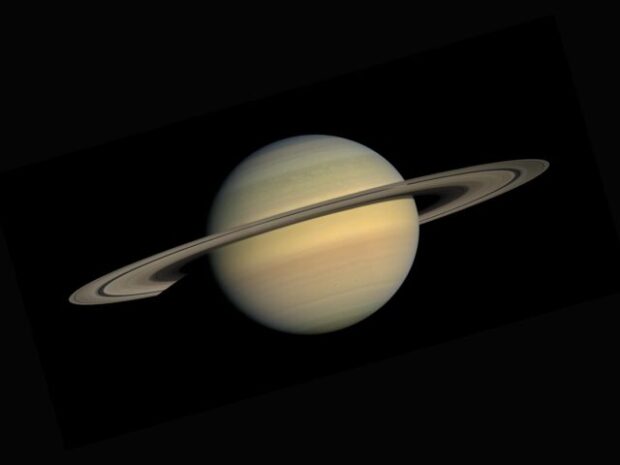
Media ownership in Australia is one of the most concentrated in the world ( Learn more).

KEPLER TELESCOPE GLIMPSES FREE
We don't put up a paywall – we believe in free access to information of public interest. Well, unlike many news organisations, we have no sponsors, no corporate or ideological interests. I am very excited that the upcoming ESA Euclid mission could also join this effort as an additional science activity to its main mission.”Ĭonfirming the existence and nature of free-floating planets will be a major focus for upcoming missions such as the NASA Nancy Grace Roman Space Telescope, and possibly the ESA Euclid mission, both of which will be optimised to look for microlensing signals. Now it passes the baton on to other missions that will be designed to find such signals, signals so elusive that Einstein himself thought that they were unlikely ever to be observed. It’s about as easy as looking for the single blink of a firefly in the middle of a motorway, using only a handheld phone.”Ĭo-author Eamonn Kerins of the University of Manchester also comments, “Kepler has achieved what it was never designed to do, in providing further tentative evidence for the existence of a population of Earth-mass, free-floating planets. From that cacophony, we try to extract tiny, characteristic brightenings caused by planets, and we only have one chance to see a signal before it’s gone. Our observations pointed an elderly, ailing telescope with blurred vision at one the most densely crowded parts of the sky, where there are already thousands of bright stars that vary in brightness, and thousands of asteroids that skim across our field.

Iain notes: “These signals are extremely difficult to find. This meant that new data reduction techniques had to be developed to look for signals within the Kepler dataset. Kepler was not designed to find planets using microlensing, nor to study the extremely dense star fields of the inner Galaxy. Roughly one out of every million stars in our Galaxy is visibly affected by microlensing at any given time, but only a few percent of these are expected to be caused by planets. This produces a short burst in brightness that can last from hours to a few days. Predicted by Albert Einstein 85 years ago as a consequence of his General Theory of Relativity, microlensing describes how the light from a background star can be temporarily magnified by the presence of other stars in the foreground. Such planets may perhaps have originally formed around a host star before being ejected by the gravitational tug of other, heavier planets in the system. These new events do not show an accompanying longer signal that might be expected from a host star, suggesting that these new events may be free-floating planets. However, the four shortest events are new discoveries that are consistent with planets of similar masses to Earth. Many of these had been previously seen in data obtained simultaneously from the ground. The study team found 27 short-duration candidate microlensing signals that varied over timescales of between an hour and 10 days. During this two-month campaign, Kepler monitored a crowded field of millions of stars near the centre of our Galaxy every 30 minutes in order to find rare gravitational microlensing events. The study, led by Iain McDonald of the University of Manchester, UK, (now based at the Open University, UK) used data obtained in 2016 during the K2 mission phase of NASA’s Kepler Space Telescope. The results include four new discoveries that are consistent with planets of similar masses to Earth, published today in Monthly Notices of the Royal Astronomical Society. Ho CC BY 4.Tantalising evidence has been uncovered for a mysterious population of “free-floating” planets, planets that may be alone in deep space, unbound to any host star.

It is part of the Leo I Group of galaxies, which, like the Local Group that houses our home galaxy, the Milky Way, is part of a larger galactic congregation known as the Virgo Supercluster.Ĭredits: ESA/Hubble & NASA, L. NGC 3169 is located about 70 million light-years away in the constellation of Sextans (The Sextant). It has many origins and sources, from the leftovers of star and planet formation to molecules modified over millions of years by interactions with starlight.

Cosmic dust comprises a potpourri of particles, including water ice, hydrocarbons, silicates, and other solid material. In the case of NGC 3169, this barrier is the thick dust embedded within the galaxy’s spiral arms. Every now and then, the NASA/ESA Hubble Space Telescope glimpses a common object - say, a spiral galaxy - in an interesting or unusual way.Ī sharply angled perspective, such as the one shown in this Picture of the Week, can make it seem as if we, the viewers, are craning our necks to see over a barrier into the galaxy’s bright centre.


 0 kommentar(er)
0 kommentar(er)
